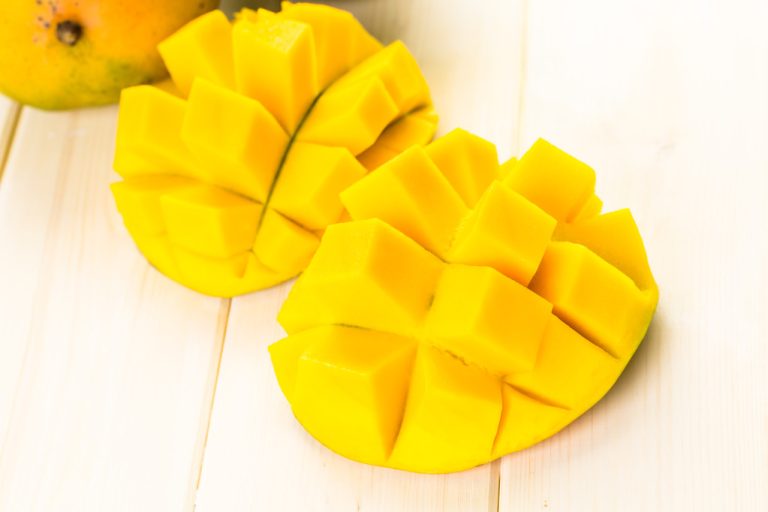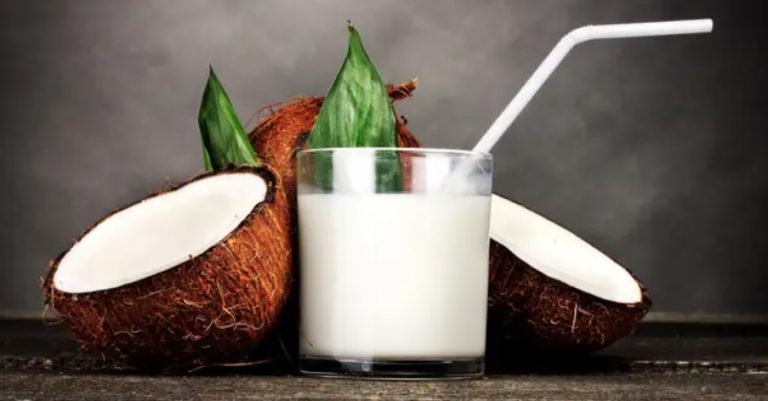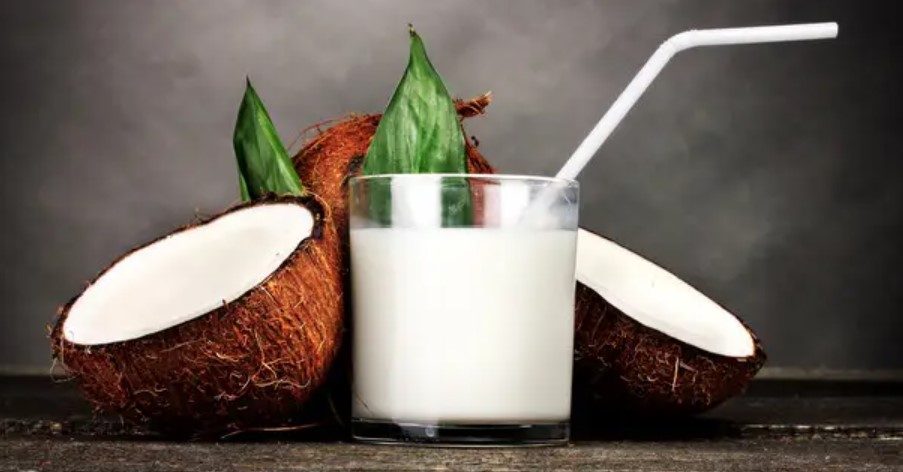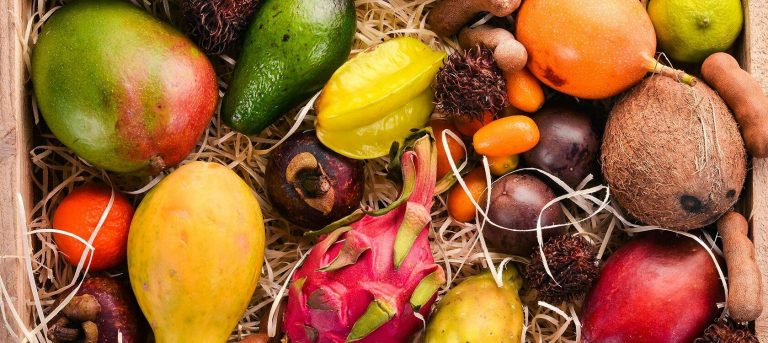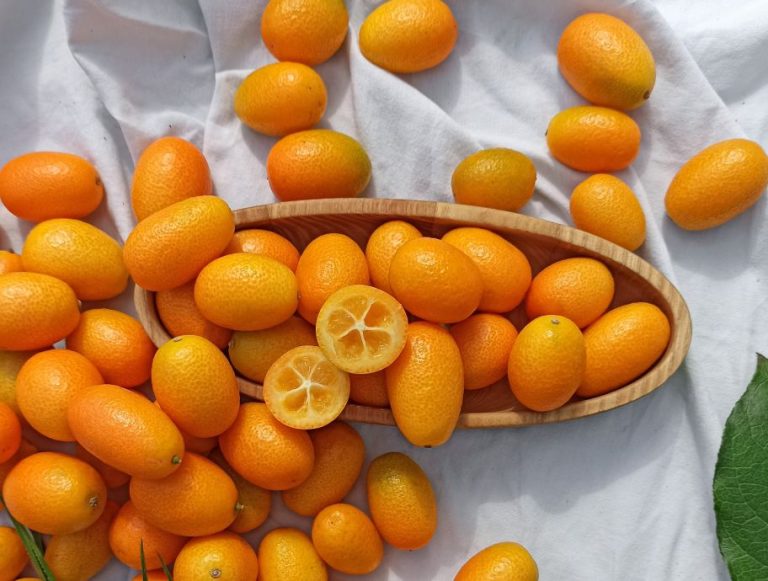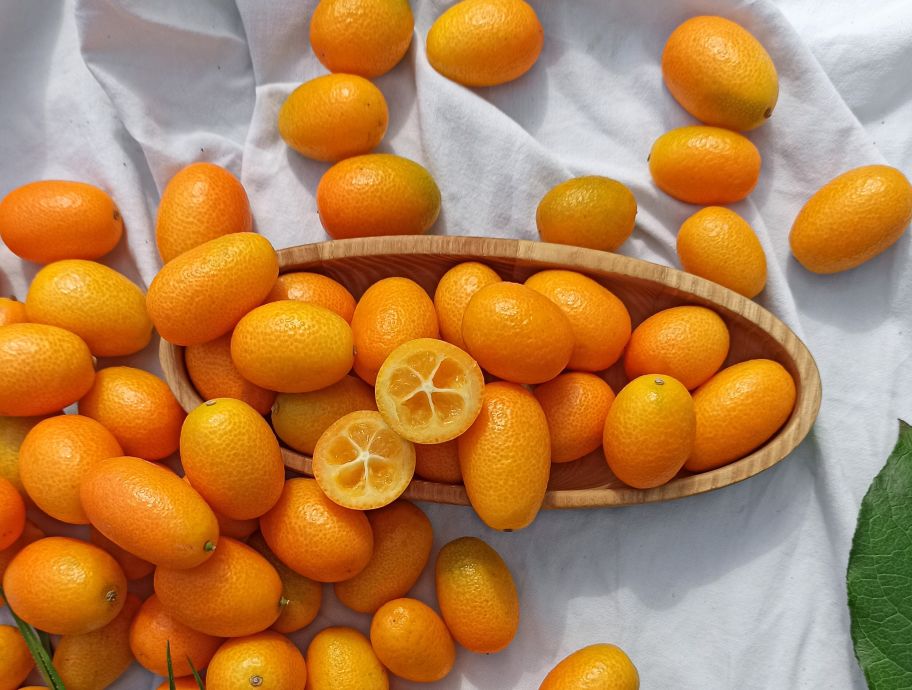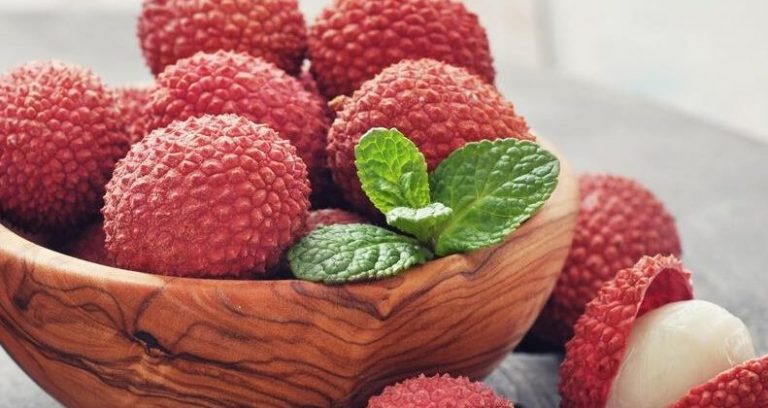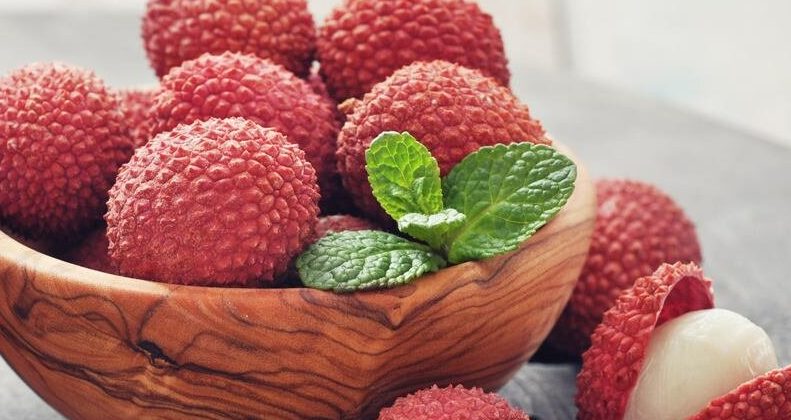There is no question that the mango tastes delicious, but is the fruit also healthy for us? Here you can find out everything about the nutritional values of the yellow tropical fruit.
Mangoes taste sweet and exotic. You can enjoy the yellow fruit both raw and in desserts, juices and jams. Despite the high sugar content, the mango is a very healthy fruit.
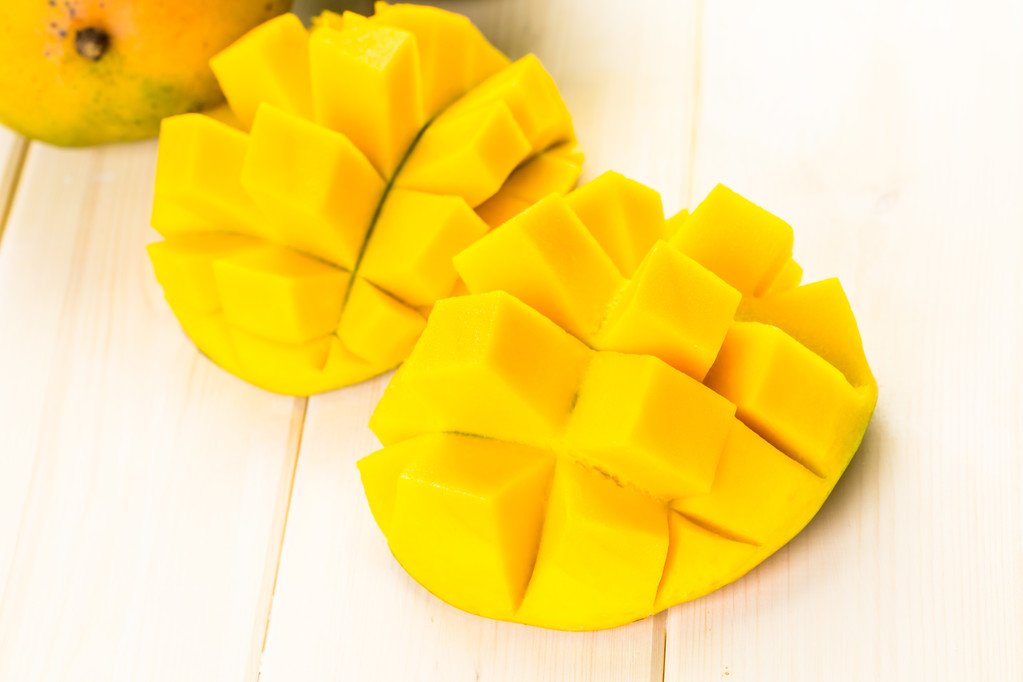
These vitamins make mangoes so healthy
Mangoes are healthy – also thanks to the fiber, vitamins and minerals they contain. Hard to believe, but there are more than ten different vitamins in the small, yellow mango. The most important include:
Vitamin A: Protects your eyes and is good for the mucous membranes in your body.
Vitamin B6: Good for strong nerves and immune system.
Vitamin B9: Important for protein metabolism and supports the development of neurotransmitters such as dopamine, which has a major impact on your mood and well-being.
Vitamin C: Strengthens your immune system and prevents cancer-causing substances from forming in the body. The vitamin is also said to help reduce the risk of Alzheimer’s and many other diseases.
Vitamin E: Has a cell-protecting effect and thus slows down the aging process.
Vitamin K: Inhibits bone breakdown and thereby prevents osteoporosis.
Mango: The nutritional values of the fruit
Mangoes contain around 12 grams of natural fructose per 100 grams. But the mango is still healthy. As long as you eat the mango fruit in small amounts, you don’t have to worry about your blood sugar. However, diabetics should be careful: Mango is only suitable for them in moderation.
In addition to sugar, the mango also contains many helpful nutrients.
Put in 100 grams of mango:
Protein: 0.6g
Fat: 0.4g
Carbohydrates: 12.8 g (of which 12.5 g sugar)
Fiber: 1.7 g
Calories: 60 calories
In addition, the mango consists of more than 80 percent water. Dried mango lacks this water, the remaining ingredients are then more concentrated. Therefore, 100 grams of dried mango contains 62 grams of carbohydrates and 290 calories.
Mangiferin: the healthy plus of the mango
Mangiferin is the main active ingredient in the mango and is found not only in the mango fruit but also in the bark of the mango tree. Studies have examined the antioxidant and attribute the following properties to it:
antimicrobial and antiviral
anti-inflammatory
pain relieving
prevents diabetes and sclerosis diseases
protects the heart, liver and nerve cells
antidepressant
reduces allergy symptoms
Mango as a healthy fat burner
A study from Oklahoma State University suggests that you can strengthen your gut flora and lower your body fat and blood sugar levels if you eat mangoes regularly. However, the effect was demonstrated in mice, not in humans. This healthy effect of the mango is related to the hormone leptin it contains.
Leptin has the task of preventing the feeling of hunger. Therefore, it helps to regulate your fat metabolism. In people of normal weight, the hormone usually works normally. However, overweight people are often no longer able to produce enough leptin. They are therefore more often plagued by feelings of hunger.

